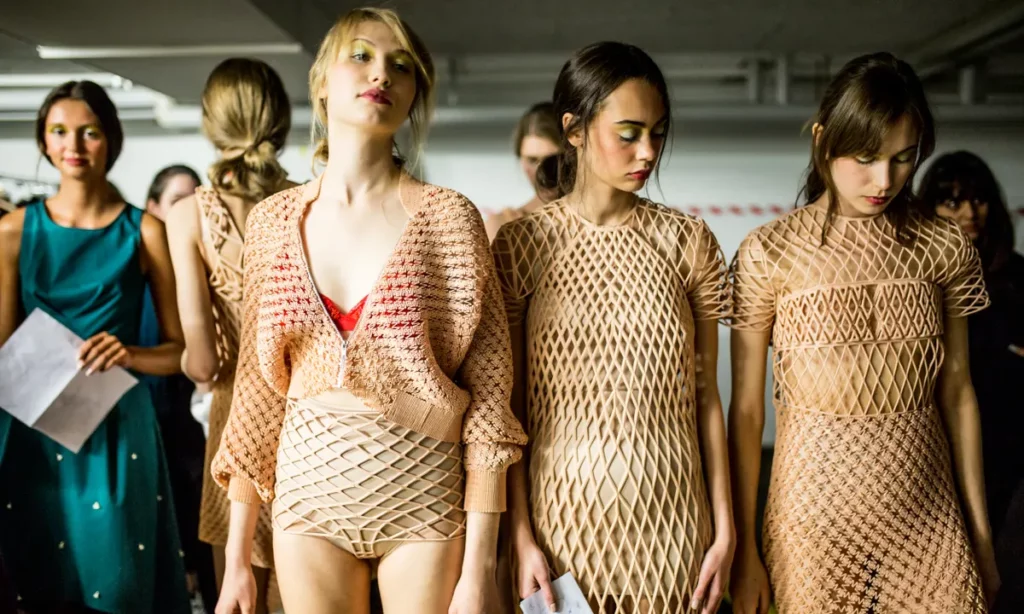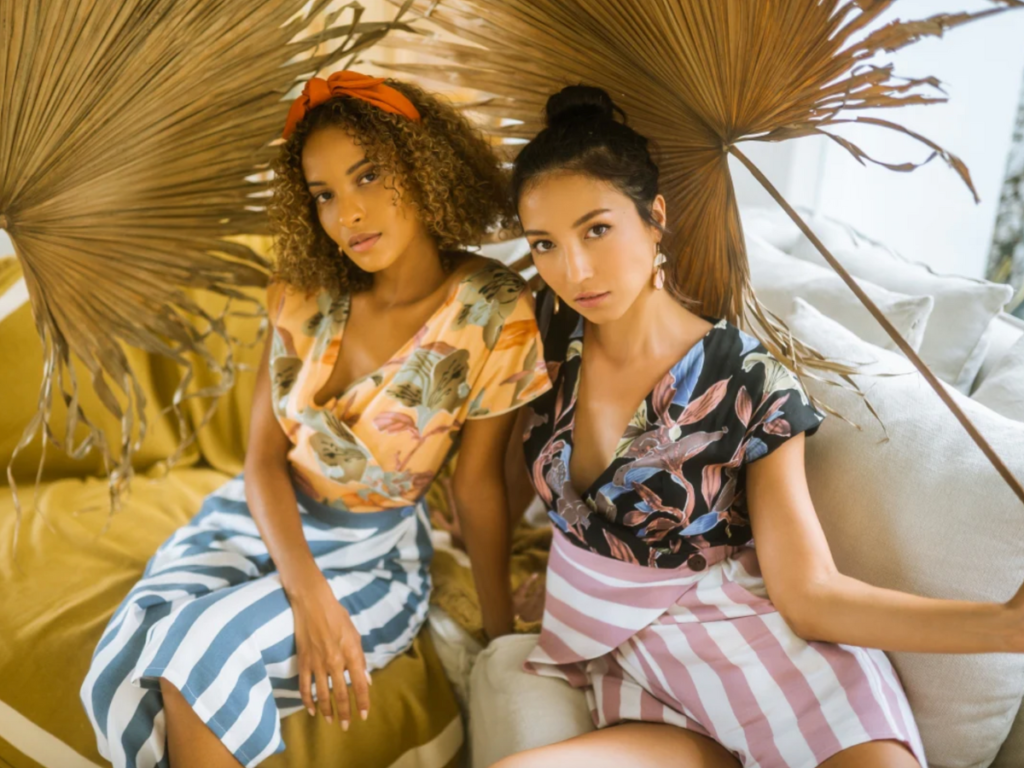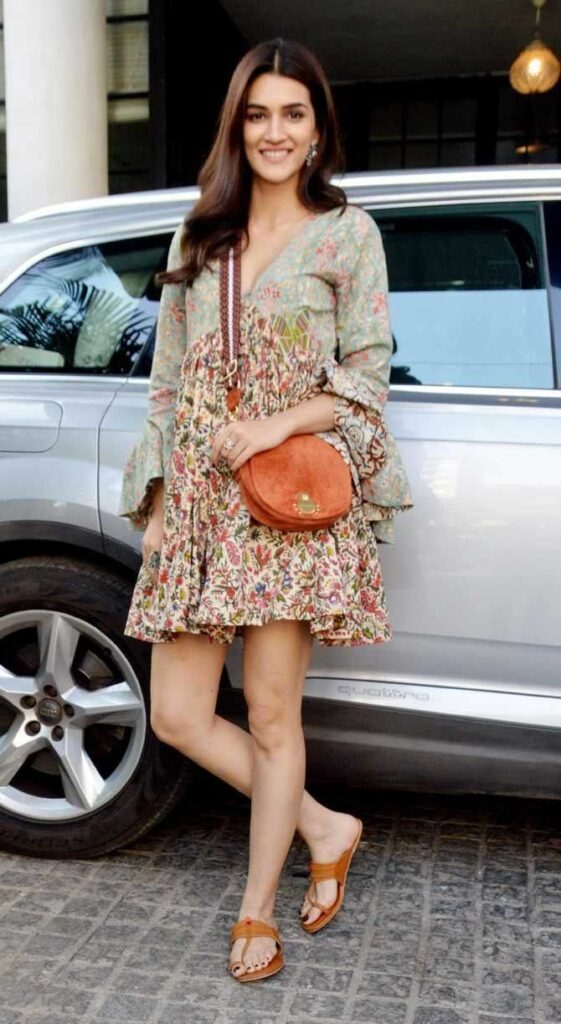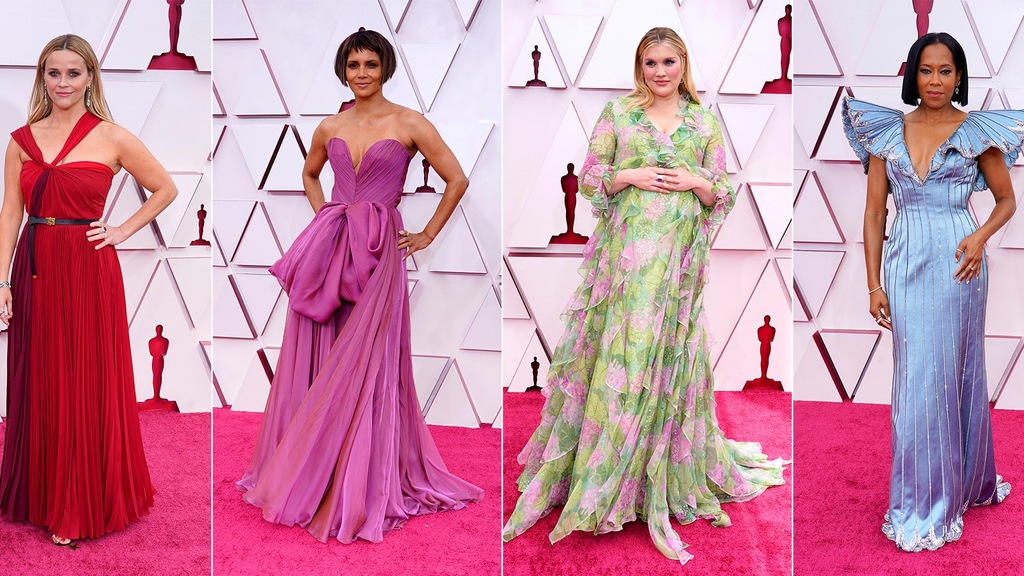Fashion has always been a powerful form of self-expression, allowing individuals to showcase their personality, creativity, and values through clothing. However, in recent years, the fashion industry has faced growing scrutiny for its environmental impact and ethical concerns. As a result, a new wave of sustainable chic has emerged, encouraging consumers to embrace eco-friendly fashion trends that prioritize both style and sustainability.
In this article, we’ll explore the art of sustainable chic, delve into the importance of eco-friendly fashion, and highlight some of the most exciting sustainable fashion trends that are reshaping the industry.
The Urgency of Sustainable Fashion
Before we dive into the trends, it’s crucial to understand why sustainable fashion is more important than ever. The fashion industry is notorious for its detrimental effects on the environment and labor practices. From excessive water consumption in cotton farming to hazardous chemical use in dyeing processes, the environmental toll is substantial. Additionally, exploitative labor practices and poor working conditions have been reported in many parts of the world.
The fashion industry is also a major contributor to greenhouse gas emissions, with a substantial carbon footprint. In response to these issues, conscious consumers are turning to sustainable fashion as a way to reduce their impact on the planet while supporting ethical production practices.

Sustainable Fashion Trends
- Eco-Friendly Fabrics: Sustainable fashion starts with the materials used to create clothing. Hemp, organic cotton, Tencel, and recycled fabrics are gaining popularity. Hemp, for instance, requires minimal water and pesticides, making it an eco-friendly choice. Tencel, derived from sustainably sourced wood pulp, is known for its softness and biodegradability.
- Secondhand and Vintage: Thrifting and vintage shopping have become more fashionable than ever. Buying secondhand clothing not only reduces waste but also allows for unique and one-of-a-kind fashion finds. Apps and online platforms dedicated to secondhand fashion have made it easier than ever to embrace this trend.
- Slow Fashion: Slow fashion is all about consuming less and investing in quality, timeless pieces that will last for years. Brands that follow this philosophy prioritize durability and ethical production. While they may come with a higher price tag, slow fashion items are worth the investment.
- Zero-Waste Design: Some designers are embracing zero-waste design principles, aiming to create garments that generate little to no textile waste during production. This approach requires innovative pattern making and cutting techniques to maximize fabric use.
- Upcycling: Upcycling involves transforming old or discarded clothing and materials into new, stylish pieces. It’s a creative way to breathe new life into old garments while reducing waste.
- Sustainable Activewear: With the rise of athleisure and fitness-conscious consumers, sustainable activewear has gained traction. Brands are using recycled materials to create eco-friendly sportswear that’s both functional and stylish.
- Transparency and Ethical Practices: More brands are becoming transparent about their supply chains and labor practices. Ethical certifications, fair wages, and safe working conditions are becoming the norm for responsible fashion brands.
- Local and Artisanal Fashion: Supporting local artisans and small-scale production is another facet of sustainable fashion. By purchasing clothing made closer to home, consumers can reduce the carbon footprint associated with shipping and support local economies.
Embracing Sustainable Chic
To embrace sustainable chic, you don’t need to overhaul your entire wardrobe overnight. Instead, consider these steps:
- Educate Yourself: Learn about sustainable fashion, eco-friendly materials, and ethical brands. Knowledge is key to making informed choices.
- Shop Mindfully: Prioritize quality over quantity. Invest in versatile pieces that can be mixed and matched to create various outfits.
- Support Sustainable Brands: Look for brands that align with your values and prioritize sustainability and ethical practices.
- Recycle and Upcycle: Don’t discard old clothing. Donate, recycle, or upcycle to give them a new lease on life.
- Consider Secondhand: Explore secondhand and vintage shops, both in-person and online, to find unique and sustainable fashion pieces.
- Reduce Impulse Buying: Before making a purchase, consider whether you truly need the item and whether it aligns with your sustainable fashion goals.
In conclusion, sustainable chic is not just a trend but a necessary shift in the fashion industry. By embracing eco-friendly fashion trends and making conscious choices, we can reduce our environmental impact, support ethical practices, and still look stylish. The art of sustainable chic is about celebrating fashion in a way that respects the planet and the people who make our clothes. It’s a movement that invites us all to be more mindful consumers and take part in a more sustainable and fashionable future.




